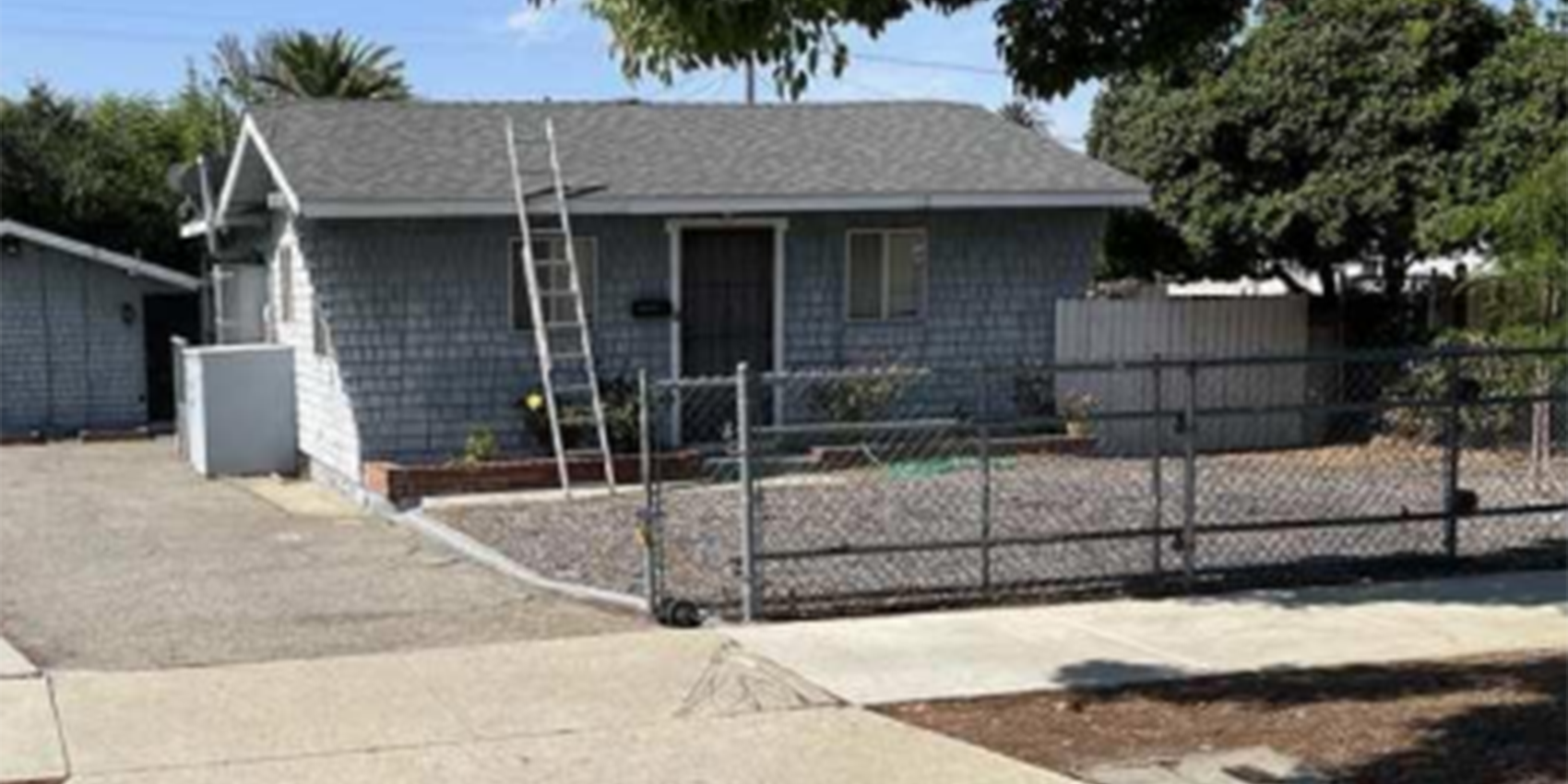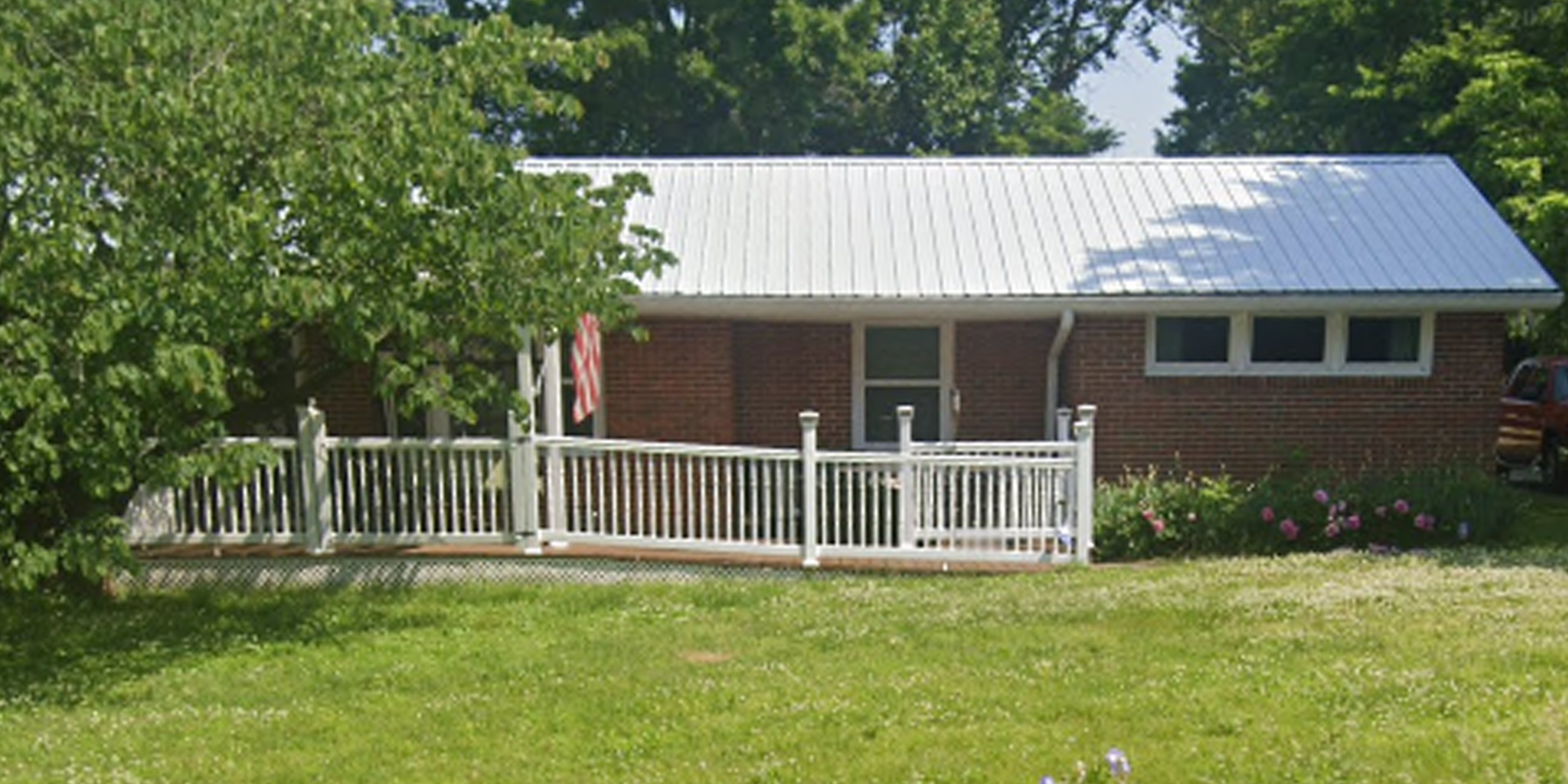As counter-intuitive as the title may seem, many have found that lower – not higher – rents can improve residential rental property financial returns. As a property manager / Realtor for more than twenty years, I have seen many such examples where lower rents improved the performance of the investment materially.
The first day of a lease and the rent collected represents a very limited component of the actual realized rents and costs over time. Rental real estate is not about day one; it is about the long haul, the years of holding the investment and the various returns realized over time. If time duration is important to real estate investing, then measuring the first day of rent and attempting to project forward becomes a very critical and valuable activity and science to master.
Real Rental Property ROI
Actual realized rents and costs over time are the outcomes an investor benefits through a duration of time that establishes the real ROI of an investment property. When deciding on rent, one should consider those things that over time make an impact on long-termed outcomes. Consider the two most generally accepted critical elements in delivering good ROI on the investment over time; Tenant Quality and Paying Tenancy Duration. Secondary considerations include vacancy costs, turnover costs, and costs associated with non-paying and eviction upheaval.
The rent charged can be used to impact these critical elements. Lower rents improve tenant quality by offering value, thereby allowing the landlord to be more selective of the tenant quality placed in the investment. Matching tenant income to rent is also critical in attracting quality tenants. The best tenants are those very much aware of their finances, and matching the rents to income is the key factor in ensuring tenant quality. Bad tenants don’t care about the financial importance of making a rental decision based on finances. Holding tenants for years is best achieved by offering value, quality, and service during the tenancy. Long tenancy durations are the best ROI influencer. Lower rents can promote shorter vacancy, improved tenant quality reduces turnover costs, and paying quality tenants to avoid the drama and expense of payment disputes that often lead to an eviction.
Determining Rents
When deciding rent values, most investors and property managers perform rental comparisons of similar property types and configurations looking at the highs and lows of those competitive properties. Far too often the proximity and neighborhood attributes are overlooked because of the use of a large mix of property. As a rule, decisions generally reflect the higher end of that spectrum when starting to market the property, which can lead to disastrous results.
This approach has many shortcomings, but the important question that should be raised is: How do I get the information I need to make a thoughtful decision of rental value? Many will say they talked to the guy down the street that rented his house for X, therefore that should be my basis for the rents charged after all this house is in better condition. But the ugly truth is we don’t know enough facts yet of that X value rental down the street. Questions that should be asked include: how long did it take to get the property rented? How selective was the tenant screening? How many delinquent rent payments were there? Was there an eviction? How long was the tenancy? What condition was the property when returned? How long did it take to gain possession and prepare the property for the next tenant? Until we know these facts, we don’t really have a good sense of how much the rent should be simply based on what someone else may have charged.
Other Rent Factors
Factors to consider for deciding rents first include understanding neighborhood attributes. Neighborhood attributes give you an indicator of how best to market the property and price the lease, to attract a tenant that will provide long-term success. These attributes include; the median income of residents living and attracted to your subject neighborhood, the mix of property types, crime, vacancy, schools, numbers of competitive properties, historic tenancy, and vacancy durations, and the relative quality of the neighborhood compared to the media of the market area being serviced.
These factors combined with rental comps become critical in deciding which comps should have greater value in determining rent values to consider. Comparing a rental comp from a neighborhood with similar neighborhood attributes helps increase the accuracy of what to charge for your rental property. Remember, neighborhoods vary greatly within only hundreds of feet of distance. Knowing the attribute differences of your subject property to the available comps is also critical to make sure you are making an apple to apple data comparison. Weighing the strength of the comp by neighborhood and adjusting the comps for property attribute differences is an important exercise in developing a good rental spectrum to develop your marketing plan that has long-term value.
Once you have a range of selected comps, one must consider the influences you should apply to these comp values to arrive at the best starting rent for your marketing. You should always market a range of rents, failure to adjust your rents downward and change special offerings, will result in a long and souring listing, creating vacancy anxiety. This results in an increased urgency to accept any tenant, thereby compromising the most important activity of all in this process: high tenant screening standards.
Understanding how to put this all together and navigate this process is challenging. Make no mistake, however, long-term positive ROI depends on your ability to set and utilize rents as a tool to manage your investment performance. Focus on making decisions based on qualitative data supporting your subject property, not rumors and hearsay. And if you employ a property manager to handle this task for you, insist that they support their recommendations with data, too.







